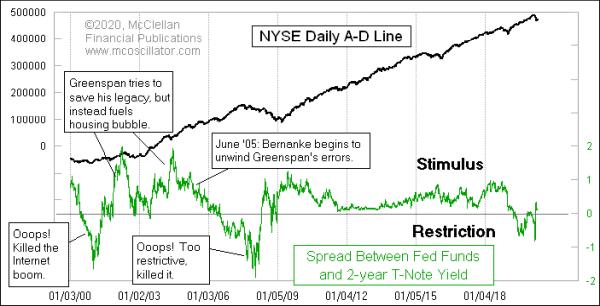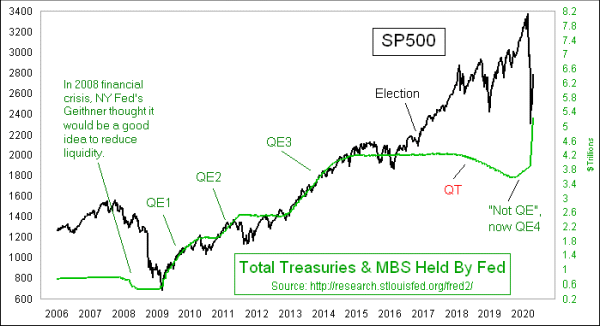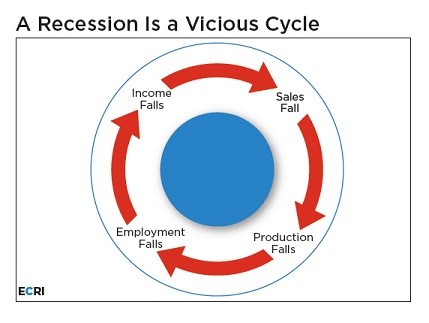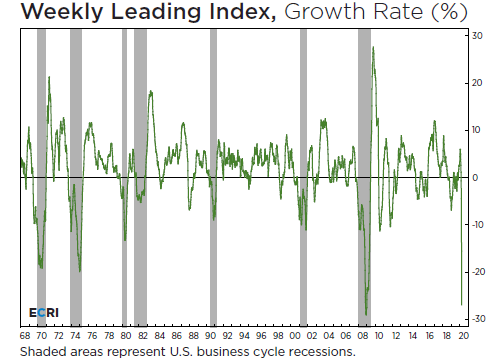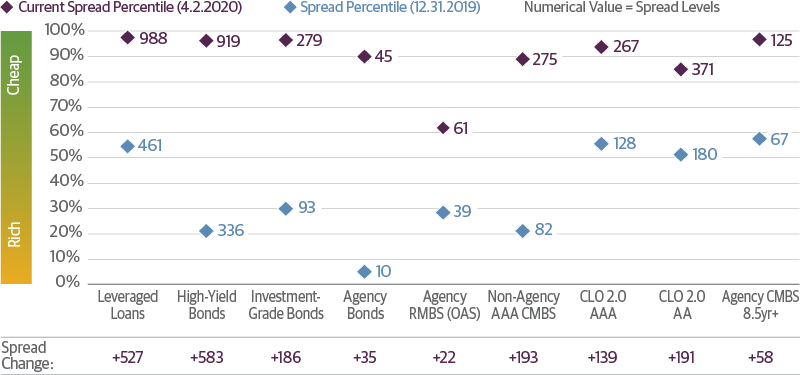He talks about the priorities, pain points, and fiscal needs of what he calls a “warlike economy”.
Rathin Roy, director, National Institute of Public Finance and Policy, was one of the members of a committee chaired by NK Singh that reviewed the FRBM Act. The report of the committee formed the basis to the amendment of the Act two years ago. In an interview to P Vaidyanathan Iyer, he talks about the priorities, pain points, and fiscal needs of what he calls a “warlike economy”. Edited excerpts:
As a member of the FRBM review committee, based on which the Act was amended, do you think the situation today, given the coronavirus health pandemic, and the subsequent lockdown, warrants a substantial easing?
A. I do not think that in the present situation an analytical framework that talks about “easing” and “tightening” is relevant. As I have said before, we are now repurposing from a ‘business as usual’ economy to a ‘warlike’ economy. In these circumstances money, indeed finance, needs to be directed to the purposes of a) fighting the pandemic and b) dealing with the consequences of fighting the pandemic. Therefore, we first need to clearly identify what needs to be done and what it will cost. We then address the problem of how (not how much) finance will be mobilised.
What are the main pain points, which need immediate relief?
A. Well, the first priority is to make sure that we have the medical equipment and personnel to execute the measures that are needed to identify, diagnose, and treat those seeking medical attention. As the number of cases grow, it is clear that we need a massive transitory increase in healthcare financing. Of course, we need more beds, quarantining facilities etc., but remember that going forward, the binding constraint will be our healthcare workers. Each healthcare worker who falls sick, breaks down, or is unable to perform his/her job, retards our effort. You do not want a situation where, to use a war analogy, you have aircraft that are idle because there are no pilots or ground crew. So, we need to ensure that finance is not a constraint in increasing our spending on securing the health and lives of these personnel who must be now given priority, and for them to be convinced that their families are provided for, wherever they may be. So, I estimate we will need to then increase the CTC spending on these personnel by 350 – 400 percent.
The second priority is to maintain supply chains such that people are able to get essential commodities and, going forward, other things that they need to live a normal life. We need to spend money on integrating unutilized supply chains and making sure that these deliver from farm and factory to home. This is going to be expensive if social distancing is to be maintained.
Third, we need to make sure that all migrant workers are secure in decent surroundings and have access to counseling, communication facilities, and government services on a priority basis. This will be expensive because our migrant workers lived in crammed and insanitary conditions in the first place and therefore the infrastructure to do these things will have to be created or repurposed.
The government announced a relief package, which was less than 1 per cent of GDP. What is your assessment of the fiscal relief requirement?
Again, “fiscal relief” is not an appropriate framework. In a warlike economy, government needs to do two things. One, protect national wealth and two, alleviate loss of national income as far as possible. This would encompass wage support, compensatory payments to those operating their own businesses and services (which is a significant chunk of the Indian workforce), and the temporary publicly financed coverage of costs associated with maintaining working and fixed capital including, but not limited to, interest relief. This is obviously going to cost far more than 1 per cent of GDP, so I am assuming that a much larger publicly financed support package is in the offing. I hope that offing is not further delayed. It has already been forthcoming for quite some time now.
What are the avenues for fund raising?
It is important to understand that financing will have to be provided at an elevated scale and therefore “fundraising” through relief funds etc. will not do the job at the macro level. There are several calibrated steps that are possible.
First, the government of India has considerable unspent balances which should be mobilized. This will take time; therefore, government should immediately use its WMA window with the RBI to mobilize these finances and extinguish such as the unsent balances are mobilized. The RBI has indeed enhanced WMA limits but it is desirable that fiscal prudence be secured by linking the extinguishing of WMAs to specific resource mobilization by government.
States are the frontline fighters of this epidemic. RBI should open a Rs 1 lakh crore zero interest WMA window for the states. The window should be for 11 months and its rollover can be reviewed in month nine. States could access this window according to some criteria. This simplest would be to use per capita population and then develop criteria according to need going forward. Sub-committee of the interstate council or GST council should be set up to monitor this process.
Second, the government of India could design a specific purpose bond to raise debt resources. The current debt mobilization system should be ring-fenced from this Covid specific debt instrument. There are several examples of such instruments being developed in a warlike situation. My preference would be for a consol – a bond that pays interest during its lifetime but has no date of expiry. It can be traded. Government should commit to announcing whether and in what proportion consol will be amortized in every budget speech commencing, say, in 2022. The consol should be denominated in rupees though foreign investors should be free to buy them.
The third measure would be the nuclear one- to increase money supply and use the incremental money supply to fund the government’s fiscal deficit. This should not be undertaken except as a final line of defense as it will have eventual inflationary repercussions. However, should the situation warrant, there is no reason not to use this instrument at scale.
Thus, I do not think availability of finance is an immediate constraint in this warlike situation. The key danger is that the resources mobilized will not be spent on the purposes intended. If money is put into people’s hands and there are no goods to buy with this money then, if the situation persists, hyperinflation will become a problem. Similarly, if money used to protect the net worth of companies by providing income and interest support but companies cut their purchases, then there will be profiteering. So, it is important to first have a clear picture from the recipients of how much, in what calendar, and to what purpose finances will be deployed before releasing finances at scale. The focus at this time should be on preparing a comprehensive spending battle plan which has not yet been forthcoming.
It is important to recognize that the states need to be funded well. It is distressing to see state governments cutting public sector salaries; this will only further shrink aggregate demand and resources must immediately be deployed to prevent this. In addition to the WMA window I spoke of earlier, a one lakh crore untied grant window should be opened for states and managed along the lines I have outlined for the WMA window.
The FRBM review report said public debt should be the most important criteria, and provided flexibility on reaching fiscal deficit targets. Given the elevated levels today, would an easing jeopardise macroeconomic stability? Should you be very concerned about rating agencies’ reaction to the breaching of deficit targets, and a rise in public debt?
I remember discussing extreme situations during the deliberation of the FRBM committee, and there was a general understating that in warlike situations, the FRBM act would need to be suspended. However, government should keep a real-time track of what is happening to key fiscal parameters, including debt and deficit ratios, and when a pathway to the crisis abating is visible, a task force should work out how to return to business as usual.
But that can wait for a later day; today it is important to focus on making sure that finance is not a binding constraint and that it is spent for the purposes intended to achieve the outcomes desired. In a warlike economy, the latter is the focus of fiscal prudence.
I do not think we need to worry about rating agencies because of the ‘business as usual’ rules, they will be cutting all government ratings to junk. We have to wait for them to come up with metrics appropriate to the current economic global crisis and respond when these are available.
https://indianexpress.com/article/business/rathin-roy-govt-needs-to-protect-national-wealth-and-alleviate-loss-of-national-income-as-far-as-possible-6342732/

